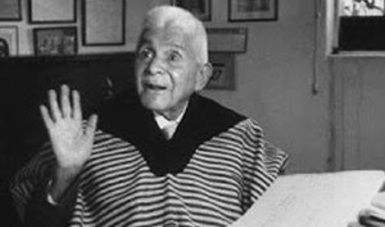Julián Carrillo and the Revolutionary Theory of Sonido 13
Discover the revolutionary theory of Sonido 13 by composer Julián Carrillo, who proved the existence of infinite sounds beyond the traditional twelve-tone system. Learn about his scientific approach to music theory and his lasting impact on contemporary music.





